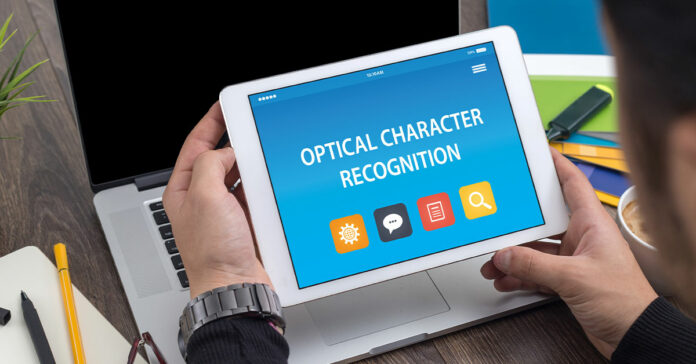Optical Character Recognition (OCR) technology has been around for almost a century. However, in its current form, its technology has been in use since the early 1990s, with the ability to convert any type of written text, handwritten or otherwise, into machine-readable text formats.
The Role of OCR in the Daily Lives of Today’s Consumers
OCR technology is transforming the hospitality industry. This allowed hotel and restaurant owners to speed up customer response time, improve kitchen productivity and subsequent customer satisfaction. Nanonet makes menu digitizing easier and slower for users to order food. Consumer banking has benefited greatly from the OCR technology currently in use to verify customer records, monthly statements, and signatures. FinTech is a company that simplifies mobile banking for users who use OCR technology, create paper invoices and talk about the past. OCR technology is also at the centre of online entertainment, helping to strengthen the latest live dealer casino, capturing game data such as card values and roulette numbers to overlay live players. Augmented reality (AR) also complements this technology, allowing you to create gaming experiences whenever possible. Betway’s Live Casino GameHawks is making headlines in AR, with a live monopoly sitting next to a human gaming host.
Smart Engine Document Validation Solution
Russian software development company Smart Engine recently partnered with robotics expert Promobot, a company that recently developed Promobot Thermocontrol, a detection solution to provide an exciting high-end document recognition solution suitable for public spaces. Called the “Promobot Scanner,” the device aims to increase form filling productivity by automatically recovering identity document data. This includes next-generation biometric passports that are fully compatible with Green Engine technology and smart engine identification scanning software specified by its proprietary smart identification engine.
Identification documentation is first scanned by an intelligent identification engine, which extracts a person’s identity information and confidential data, and then automates the forms without transferring them to unknown third-party sources. The smart engine software integrates seamlessly with the developer’s hardware. Whenever a digital ID is placed on your scanner, it sends all the data and images to its AI-powered recognition module for fast and efficient processing without the need for a single human query. This is another example of the democratization of AI technology. This does not mean that it is the first or the last time that a smart engine using OCR technology has recently been integrated for biometric incorporation in Oman and Peru.
The future of OCR technology will be more closely linked to artificial intelligence and machine-based learning in the coming years, helping to automate, simplify and secure processes.
Follow and connect with us on Facebook, LinkedIn & Twitter

